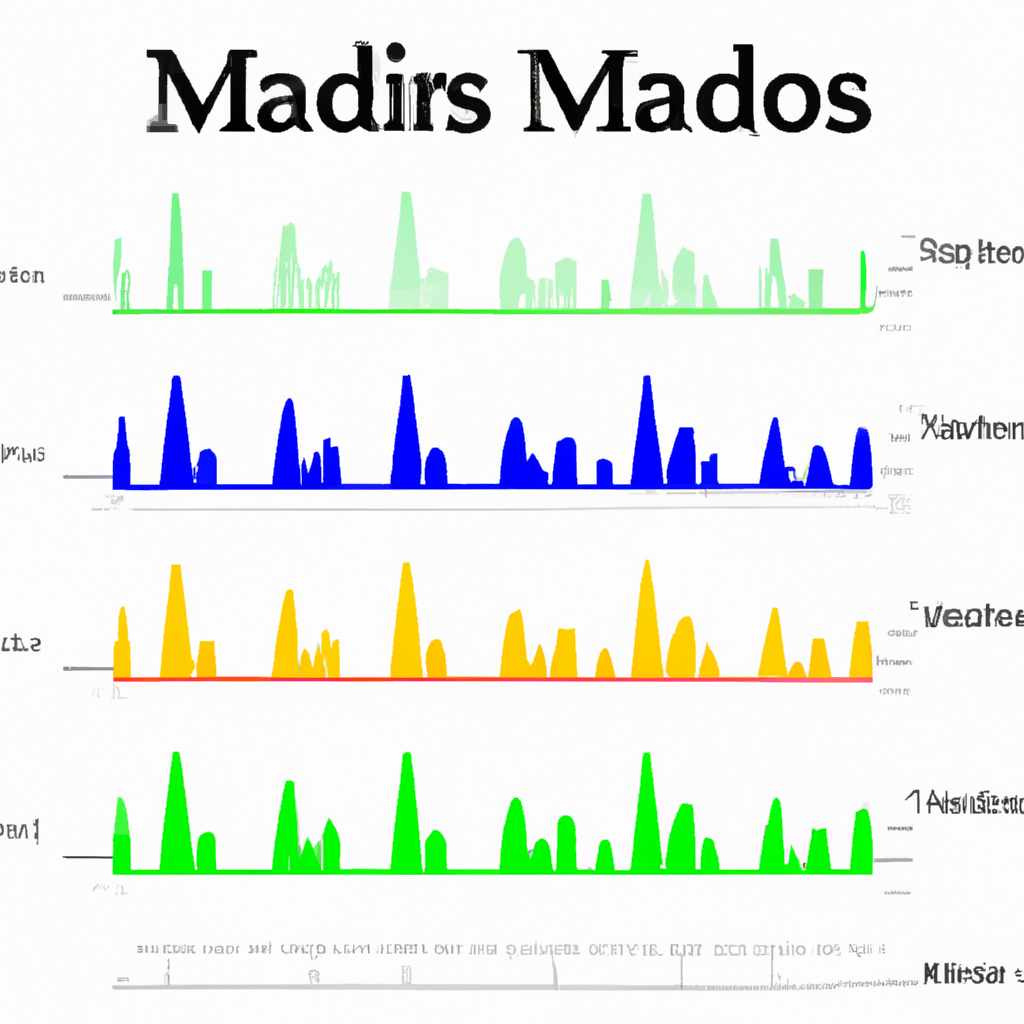MACD Indicator Signals: A Comprehensive Guide
The Moving Average Convergence Divergence (MACD) is a popular technical analysis tool used by traders to identify potential buying and selling opportunities in the financial markets. This indicator provides valuable insights into the momentum, trend, and potential reversals of an asset’s price. In this article, we will delve into the various MACD indicator signals and how they can be interpreted to make informed trading decisions.
Understanding the MACD Indicator
Before we dive into the different MACD signals, it’s essential to have a basic understanding of how this indicator is calculated. The MACD consists of three components:
- MACD Line: This line represents the difference between two exponential moving averages (EMAs) – typically the 12-day EMA and the 26-day EMA. It provides insights into the short-term price momentum.
- Signal Line: The signal line is a 9-day EMA of the MACD line. It acts as a trigger for potential buy or sell signals.
- Histogram: The histogram is derived from the difference between the MACD line and the signal line. It visually represents the convergence and divergence of the two lines, indicating the strength of the current trend.
MACD Signal: Crossovers
One of the most commonly used MACD signals is the crossover between the MACD line and the signal line. These crossovers can be classified into two types:
- Bullish Crossover: A bullish crossover occurs when the MACD line crosses above the signal line. This signal suggests a potential buying opportunity, indicating that the asset’s price may start to rise.
- Bearish Crossover: On the other hand, a bearish crossover happens when the MACD line crosses below the signal line. This signal indicates a potential selling opportunity, suggesting that the asset’s price may start to decline.
MACD Signal: Divergence
Divergence occurs when the MACD indicator diverges from the price action. It can provide early signals of potential trend reversals. There are two types of divergences:
- Bullish Divergence: Bullish divergence occurs when the price forms lower lows while the MACD indicator forms higher lows. This signal suggests that the downtrend is losing momentum, indicating a potential trend reversal to the upside.
- Bearish Divergence: Conversely, bearish divergence occurs when the price forms higher highs while the MACD indicator forms lower highs. This signal indicates that the uptrend is losing steam, implying a potential trend reversal to the downside.
MACD Signal: Histogram Patterns
The histogram, derived from the MACD line and the signal line, can also provide valuable signals. Traders often look for specific patterns in the histogram to identify potential trading opportunities:
- Positive Histogram: When the histogram bars are above the zero line and increasing in height, it indicates increasing bullish momentum. This suggests a potential buying opportunity.
- Negative Histogram: Conversely, when the histogram bars are below the zero line and decreasing in height, it indicates increasing bearish momentum. This suggests a potential selling opportunity.
- Zero Line Crossover: A crossover of the histogram bars from negative to positive or vice versa can indicate a potential trend reversal. For example, a move from negative to positive bars suggests a shift from bearish to bullish sentiment.
Conclusion
The MACD indicator is a versatile tool that provides valuable signals for traders. By understanding the different MACD signals, such as crossovers, divergences, and histogram patterns, traders can gain insights into potential buying and selling opportunities, as well as trend reversals. However, it is important to note that the MACD indicator should be used in conjunction with other technical analysis tools and indicators for confirmation and to avoid false signals. With practice and experience, traders can harness the power of the MACD indicator to enhance their trading strategies and improve their overall trading performance.
